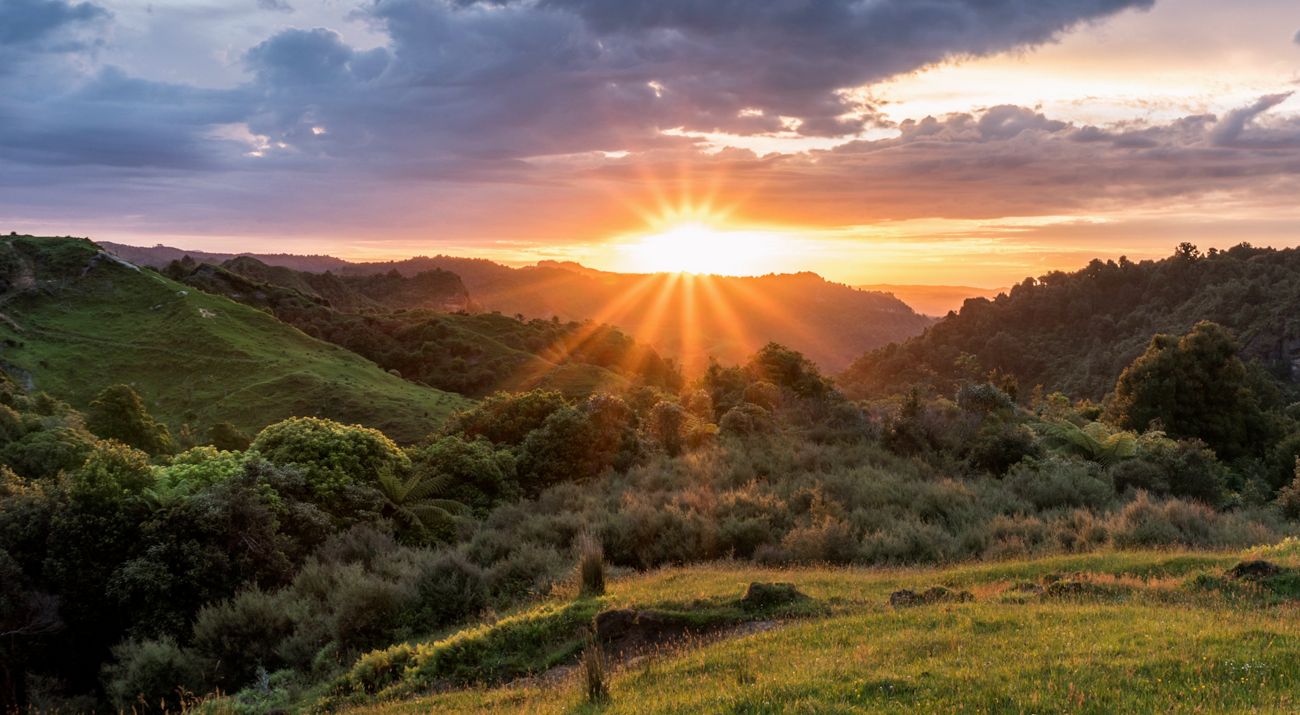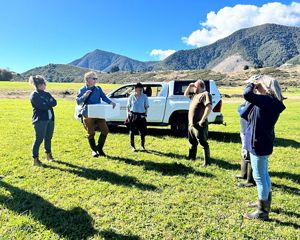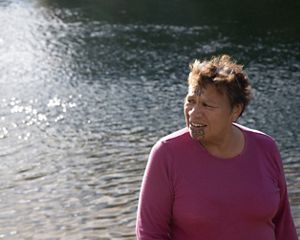Kotahitanga mō te Taiao Alliance Feature on BBC Earth's Our Frozen Planet
BBC's Our Frozen Planet showcases Alliance work in climate change resilience in Aotearoa New Zealand.
The work of the Kotahitanga mō te Taiao Alliance to restore nature in the top of the South Island is garnering international attention, with the release of a short film on the BBC Earth online platform, Our Frozen Planet.
The Alliance and its work to restore nature and fight climate change through community-led action caught the attention of the BBC’s Natural History Unit, as part of a series of short films focusing on accelerating change in response to climate change and biodiversity loss.
The 12-minute short film tells the story of the Alliance as it grows and connects multiple conservation projects across the top of New Zealand’s South Island to achieve landscape-scale restoration gains.
As New Zealand communities and ecosystems experience the impacts of human-induced climate change and biodiversity loss, the Alliance brings together Te Tauihu (Marlborough, Nelson, Tasman) and Kawatiri (Buller) iwi, Councils and DOC with a shared vision to restore nature. The Nature Conservancy Aotearoa New Zealand is a core supporter of the Alliance.
“The Alliance brings these groups together with one purpose and one vision,” says Alliance Co-chair Martin Rodd, “to achieve what no entity can do alone. The Alliance covers 3.5 million ha—if we work on it at a system scale I think we can make a massive difference to climate change.”
Previous Alliance Co-chair Dave Johnston says that bringing the world view into play allows for a different approach. “It makes you think a little bit differently in terms of how we need to care for and respect Papatūānuku earth mother and Ranginui sky father, and everything in between.”
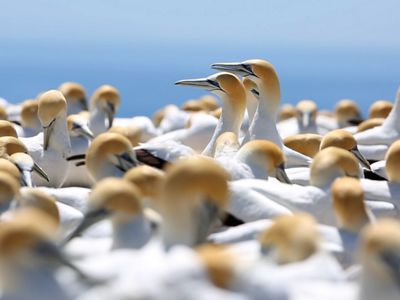
The Alliance Dashboard
Explore this interactive map to learn more about the Alliance's projects in South Island.
Let's goThe Alliance’s goal is to restore habitats, protect threatened species and support economic, social, community and environmental resilience for communities feeling the impacts of climate change. It champions projects that restore healthy ecosystems, which in turn increases their capacity to absorb carbon and protect against flooding slips, erosion, biodiversity loss and economic and social hardship.
The film takes a closer look at some of the Alliance’s key projects: the iwi-led restoration of an ancient forest and its resident long-tailed bats in the Te Hoiere/Pelorus Catchment; Project Mahitahi—restoring the health of the Maitai/Mahitahi River in Nelson; community predator control by Picton Dawn Chorus; and plans to make Westport more resilient to climate change-related flooding.
Quote: Dave Johnston
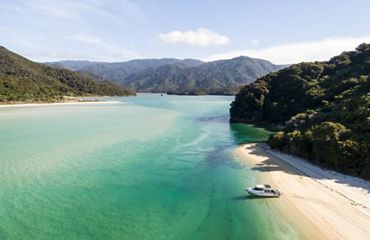
The Alliance covers 3.5 million ha—if we work on it at a system scale I think we can make a massive difference to climate change.
Interviews with project staff and volunteers capture the sense of ownership and commitment of those who work to restore the whenua/land and awa/rivers and the acknowledgment of the Māori worldview which sees the connection between people, land, freshwater, coastline and ocean as seamless. They highlight the importance of kotahitanga—working together, at a system and landscape scale to create resilient ecosystems and communities.
Debs Martin, Alliance Programme Lead, says that following the publication of the film the Alliance will be expanding into the marine space. “We’ve put the foundations down but the next steps are crucial to making a difference in our region—working from the mountains into the sea, ki uta ki tai. It’s exciting but also challenging to find the support we need across the region to restore one of the globe’s biodiversity hotspots. The film will really help bring attention to what we are doing and hopefully encourage people to get behind the Alliance.”
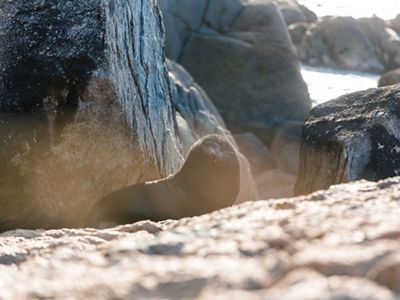
Carl McGuinness, previous Deputy Country Director for TNC Aotearoa New Zealand, says he is delighted to see the work of the Alliance showcased on an international platform.
“The Alliance is one of several projects we support, but we see the model they are developing as a blueprint for collaborative conservation projects elsewhere. The relationship between iwi, land and water is fundamental to the way the Alliance operates, and offers one of the best models we have to move forward in terms of scale, impact and resilience in our environmental restoration work.”
Overall, the film gives hope that, by working together with a more integrated, nature-based approach to conservation, we can shift the dial on environmental and climate-related threats to nature, and look ahead to a safer, biodiversity-rich future.
